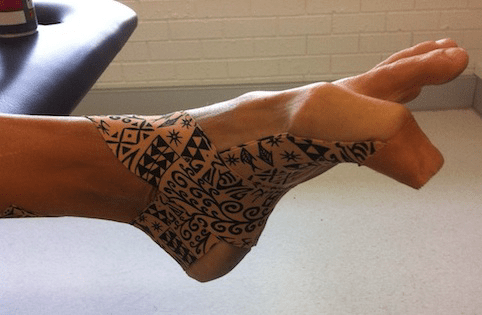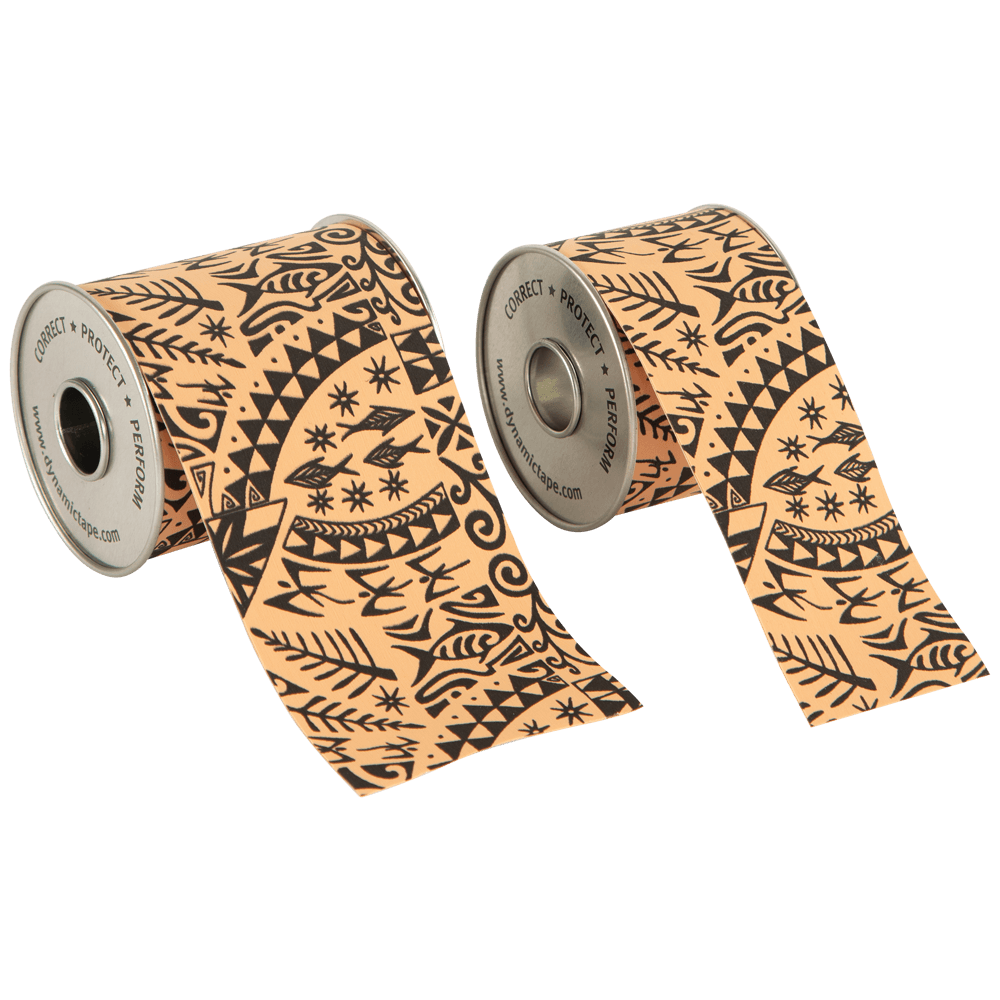Dynamic Taping is grounded in
 https://dynamictapeglobal.com/wp-content/uploads/2023/04/Tini-Greece-scaled.jpeg
1707
2560
Ryan Kendrick
/wp-content/uploads/2020/04/dynamictape-logo-white.png
Ryan Kendrick2023-04-30 16:46:332023-04-30 17:00:04Landing Biomechanics, Injury Risk & Dynamic Taping
https://dynamictapeglobal.com/wp-content/uploads/2023/04/Tini-Greece-scaled.jpeg
1707
2560
Ryan Kendrick
/wp-content/uploads/2020/04/dynamictape-logo-white.png
Ryan Kendrick2023-04-30 16:46:332023-04-30 17:00:04Landing Biomechanics, Injury Risk & Dynamic Taping


















